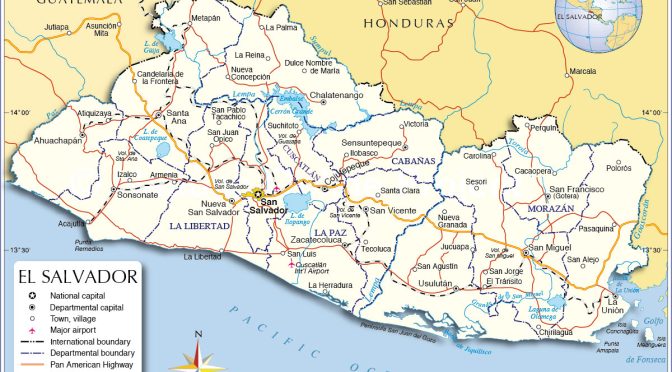The rise of wind energy in El Salvador’s energy market has been nothing short of remarkable. In recent years, the Central American nation has made significant strides in harnessing the power of wind to generate clean, renewable energy for its citizens. This development has not only helped the country reduce its dependence on fossil fuels but also contributed to its efforts to combat climate change and promote sustainable development.One of the key factors driving the growth of wind energy in El Salvador is the country’s favorable geographical conditions. With its mountainous terrain and strong trade winds, El Salvador possesses an abundant wind resource that can be effectively tapped to generate electricity. In fact, studies have shown that the country has the potential to generate up to 1,200 megawatts (MW) of wind power, which is more than enough to meet its current energy needs.Recognizing this potential, the government of El Salvador has been actively promoting the development of wind energy projects in the country. In 2014, the government launched its first-ever auction for renewable energy projects, which resulted in the awarding of contracts for four wind farms with a combined capacity of 94 MW. This was followed by another auction in 2017, which saw the successful bidding of two more wind projects with a total capacity of 170 MW.These auctions have attracted significant investments from both local and international companies, which have been eager to tap into El Salvador’s burgeoning wind energy market. Among the most notable projects is the Ventus Wind Farm, a 54 MW facility developed by a consortium of local and foreign investors, including the US-based energy company AES Corporation and the Guatemalan conglomerate Corporación Multi Inversiones. Once completed, the Ventus Wind Farm will be the largest wind energy facility in the country, capable of generating enough electricity to power around 80,000 homes.In addition to these large-scale projects, El Salvador has also witnessed a growing interest in small-scale, community-based wind energy initiatives. These projects, which typically involve the installation of small wind turbines in rural areas, have been instrumental in providing clean, reliable electricity to remote communities that are not connected to the national grid.

By empowering local communities to generate their own energy, these initiatives have not only helped improve the quality of life for thousands of Salvadorans but also contributed to the country’s overall energy security.The rise of wind energy in El Salvador has also been supported by a favorable policy environment. In recent years, the government has introduced a range of incentives and regulatory measures aimed at promoting the adoption of renewable energy technologies, including tax exemptions, feed-in tariffs, and streamlined permitting processes. These policies have not only helped lower the cost of wind energy projects but also created a more attractive investment climate for both local and foreign companies.As a result of these efforts, wind energy has emerged as a key pillar of El Salvador’s energy transition. According to the country’s National Energy Policy, the government aims to increase the share of renewable energy in its electricity mix to 70% by 2030, with wind energy expected to play a major role in achieving this target. This ambitious goal reflects the growing recognition among policymakers and industry stakeholders that wind energy is not only a viable alternative to fossil fuels but also a critical component of the country’s sustainable development strategy.In conclusion, the rise of wind energy in El Salvador’s energy market is a testament to the country’s commitment to embracing clean, renewable energy sources and combating climate change. With its abundant wind resources, supportive government policies, and growing investments from both local and international companies, El Salvador is well on its way to becoming a regional leader in wind energy and a shining example of sustainable development for other countries to follow.


